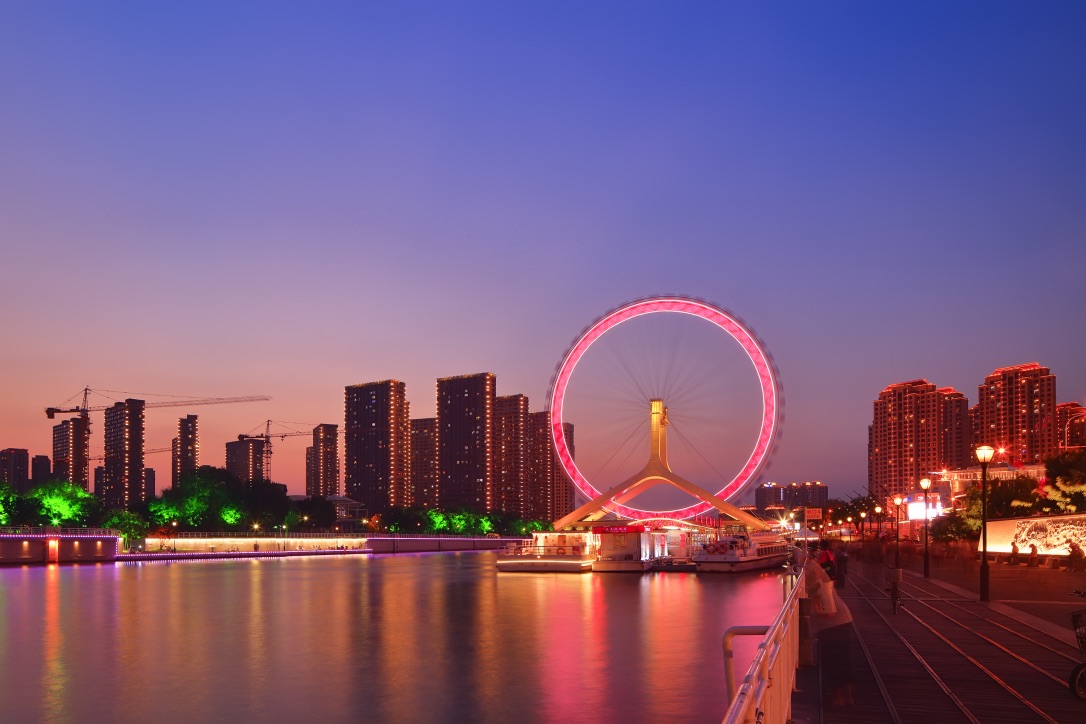Currently, the most demanded Smartphone and that are at the forefront of technology has an excellent camera with very interesting features, and that allows us to achieve images of fairly good quality and resolution, even though the pictures would be best with the best software on windows.
First let’s make it clear that it’s the dynamic range, by definition, it’s the difference between the light and dark parts of a photograph. It is the range through which light is measured. With HDR photography, we can capture photos that present a greater number of lights and shadows and therefore, our photos are a closer representation of what we actually see. One of the most common ways to produce HDR photos with a digital camera is to take a series of several photos (3 or more) with staggered exposures, using a pc photo editor program to combine the photos, thus creating an HDR image.
Although the subject HDR is currently very discussed since the opinions regarding this technique is very divided; while some defend the technique mentioning that the result is spectacular and incomparable others mention that it is an aberration to digital photography and that it is already out of fashion.
Everyone has their point of view, and that should be respected, but the truth is that this HDR option. When activated on your Smartphone if you use it properly, it can give you a better result regarding exposure, since the camera automatically makes exposure adjustments, processing the images taken using an internal algorithm to merge the exposed images in a different way combine them into a single image. The result is a well-exposed photo that reveals a full dynamic range. Here are a few times when you should refrain from using HDR mode.
1. DO NOT Use the HDR Mode for Moving Subjects
The HDR mode works much better when used in fixed scenes that have the least amount of moving elements. Even objects like slow-moving clouds can create ghosts in your HDR images.
2. DO NOT Use the HDR Mode in Too Bright Images
Of course, I can not mark it as a rule; sometimes it can work but, you get better results if you are shooting when there is already a little difference between the shadows and the highlights of the scene, that is, without such a light hard or bright like the midday. The idea of the HDR is to make your photo look alive by increasing the dynamic range, but if you take this photo in the middle of the day you may get the opposite, and the result is an image with too many shadows and bright lights and no bright colors and intense.
3. DO NOT Use the HDR Mode to Capture Successive Shots
If you are taking pictures of unrepeatable moments in which you want to capture several photographs to ensure that at least one goes out as you expected, then the HDR mode should be discarded, the reason, the HDR images are larger than the normal images, so they need more time to process and you probably miss several moments by waiting for the photo to be processed
We already saw three examples of when not to use this mode; now it is time to talk about the times when it is advisable to use it:
· HDR is Ideal When Photographing Close-ups (Portraits) and Macro
o This mode can really accentuate the details you need when working with something that is very close.
· Use HDR Mode to Shoot in Low Light Conditions, Without Flash
o When we take photographs in low light the elements we are capturing may be poorly defined and appear grainy (like when we use high ISO), to counter this we can use the HDR mode so that the dynamic range is more in line with what the eye really sees and improve the exposure of the elements.




